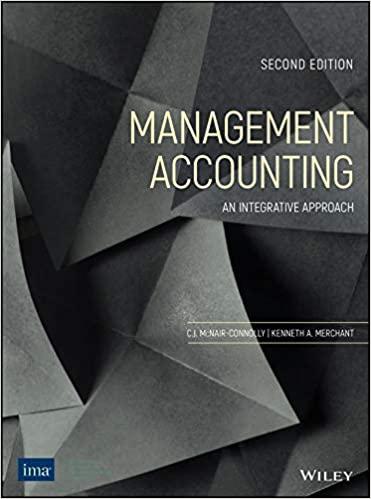I have an assignment which is called an Tax Research paper. I will attached you my Tax Research paper below with the sources I used while doing this paper can you please go through my paper and answer the following question ? 1. Can you please go through my Tax Research paper below and can you please add more details or information that goes with what I wrote in Conclusion part?
Introduction The economic climate and welfare of a nation are significantly shaped by its tax systems. In order to understand the corporate and individual tax rates, other sources of federal funding, the existence of tax agencies, and the benefits provided to citizens for the taxes paid, this research project compares the tax systems of the United States and Singapore, two very different economies. Body In the United States, corporate tax rates can vary based on the company's taxable income. For individual taxpayers, the US follows a progressive tax system. In contrast, Singapore adopts a territorial tax system for corporations, which means that only income derived within the country is taxed at a flat rate. For individual taxpayers in Singapore, the tax rates range from 0% to 22% on a progressive scale, and the top rate applies to income exceeding a certain threshold. Apart from corporate and individual taxes, the US federal government also generates revenue from other sources, such as payroll taxes (Social Security and Medicare contributions), excise taxes, customs duties, and estate taxes. On the other hand, Singapore's government relies on a diversified approach to raise funds. Other sources of federal funding in Singapore include Goods and Services Tax, property taxes, stamp duties, and various fees and fines. In the United States, the Internal Revenue Service (IRS) is responsible for administering and enforcing the nation's tax laws, including the collection of taxes and processing of tax returns. The IRS also provides taxpayer assistance and conducts audits to ensure compliance. In Singapore, the Inland Revenue Authority of Singapore (IRAS) performs similar functions to the IRS. It oversees the administration of taxes, including income tax, GST, and property tax, while also providing taxpayer services and conducting audits to uphold tax compliance. In the United States, citizens receive a range of benefits from their taxes. These include access to public services such as education, healthcare, infrastructure development, social welfare programs, and national defense. Additionally, tax deductions and credits are available to individuals and businesses to incentivize certain activities or investments. In Singapore, taxes contribute to the provision of public goods and services, such as quality healthcare, education, public housing, and efficient public transportation. The Singaporean government places a strong emphasis on savings and individual responsibility, and the Central Provident Fund (CPF) system, funded partly by taxes, provides a comprehensive social security framework that includes retirement savings, housing, and healthcare. Conclusion In conclusion, the business and individual tax rates, additional sources of federal financing, and the benefits offered to residents all differ significantly between the tax systems of the United States and Singapore. While Singapore uses a territorial tax system with a heavy emphasis on economic competitiveness and a comprehensive social security framework, the US uses a progressive tax system with several income streams. For an understanding of the economic and social policies that underpin these two countries, it is essential to understand the complexity of these tax systems. References Tax Foundation. (2021). Corporate Income Tax Rates around the World, 2021. https://taxfoundation.org/publications/corporate-tax-rates-around-the-world/ Deloitte. (2021). Taxation and Investment in Singapore 2021. Retrieved from: https://www2.deloitte.com/sg/en/pages/tax/articles/guide-to-taxation-in-sea-202.1.html







